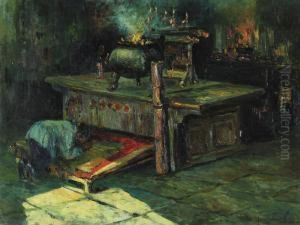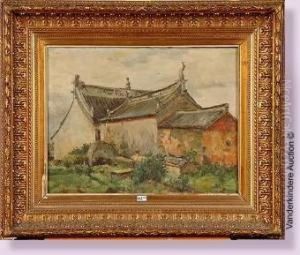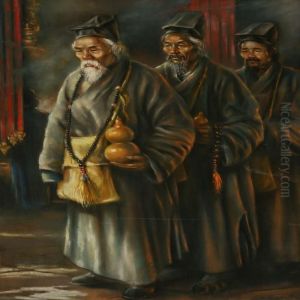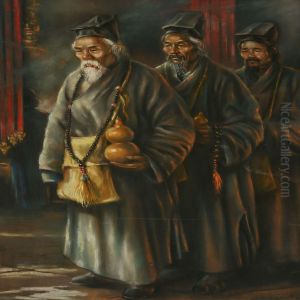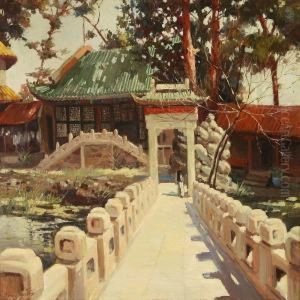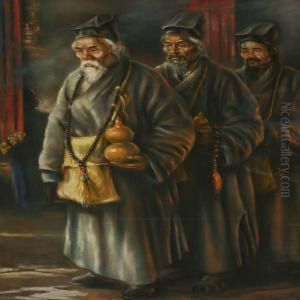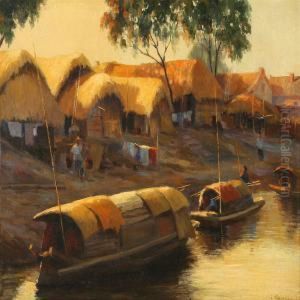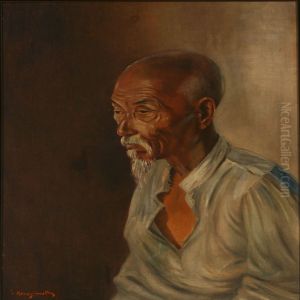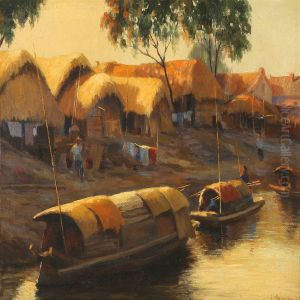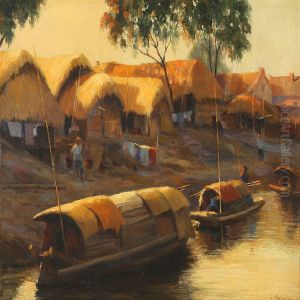I. Gerassimoff Paintings
Ivan Gerassimoff, often less widely recognized in the expansive annals of art history, was a Russian artist whose work spanned the late 19th and early 20th centuries. Born into the waning days of imperial Russia, Gerassimoff's early life was marked by the cultural richness of the Russian Empire, which deeply influenced his artistic vision. His formative years were spent absorbing the dual influences of traditional Russian artistry and the burgeoning wave of European modernism, a blend that would come to define his creative output.
Gerassimoff embarked on his artistic career in a period rife with social and political upheaval. The turn of the century brought with it the winds of change, sweeping across the Russian cultural landscape. Gerassimoff, like many of his contemporaries, found himself caught between the traditional mores of Russian society and the radical ideas that were beginning to take hold among the artistic community. This tension is evident in his early works, which often juxtaposed classical Russian themes with modernist techniques and sensibilities.
As Russia plunged into the chaos of the First World War and the subsequent revolutions, Gerassimoff's art evolved. The turmoil of the era deeply impacted his work, infusing it with a sense of urgency and a desire to capture the zeitgeist of his tumultuous times. Despite the challenges presented by the political instability of the period, he continued to produce work, adapting his style to reflect the changing realities of Russian life.
Following the Bolshevik Revolution, Gerassimoff, like many artists, found the new Soviet regime to be both a source of inspiration and a cause for concern. Initially, the revolutionary fervor provided new themes and subjects for his art, but as the regime became more repressive, Gerassimoff, along with other artists, faced increasing restrictions on artistic expression. This period was marked by a struggle to balance his own artistic vision with the demands of the Soviet state, a challenge that would define his mid-career.
In the later years of his life, Gerassimoff's work reflected a return to the themes of his early career, albeit viewed through the lens of his experiences. His later pieces often conveyed a sense of nostalgia for pre-revolutionary Russia, combined with a critical perspective on the changes that had occurred. Despite the difficulties he faced throughout his career, Gerassimoff remained committed to his art until his death in 1955. His legacy, though not as prominent as some of his contemporaries, offers a unique window into the complexities of Russian art during one of the most turbulent periods in the country's history.
